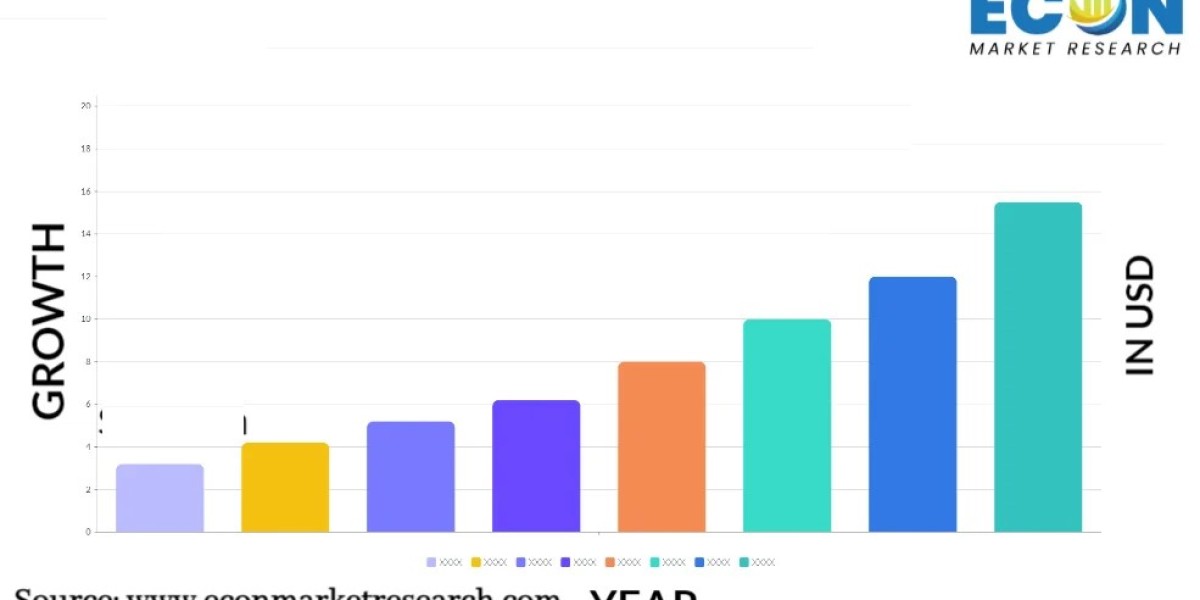Basic knowledge of polyester staple fiber
Staple fiber is an important textile raw material. my country is a major producer and consumer of staple fiber. Carrying out relevant futures trading will provide industrial enterprises with open, continuous and transparent price signals and effective risk management tools, which will help to promote the stable operation of related enterprises and promote the stable and healthy development of the staple fiber industry.
In order to facilitate investors to have a deeper understanding of polyester staple fiber futures, this article will introduce the fundamentals of polyester staple fiber.
Polyester staple fibers (hereinafter referred to as staple fibers) are short fibers obtained by spinning, drawing and cutting polyester (PET) produced by polymerizing PTA and ethylene glycol in a molten state. Because of its wide range of uses and low price, its market has grown rapidly since it entered my country in the 1970s, and it has become an important raw material for textile, clothing, home textiles and other industries.
Measurement method of staple fiber

Denier (denier, abbreviated as D) is a method of expressing the fineness of chemical fibers, which refers to the mass grams per 9,000 meters of yarn or fiber under a certain moisture regain. The larger D is, the thicker the fiber is.
Te number (tex, tex) refers to the mass grams per kilometer of yarn or fiber at a given moisture regain. The commonly used unit is dtex (dtex, referred to as decitex), 1dtex=0.1tex.
The conversion method of common unit denier and decitex is: decitex (dtex)=1.11*denier (D), such as 1.56dtex=1.4D.
Classification of staple fibers
1. From the raw materials, it can be divided into primary and regeneration
(1) Primary: It is made from purified terephthalic acid (PTA) and ethylene glycol (MEG) after polymerization, spinning and cutting, commonly known as "big chemical fiber".
(2) It is mainly made from recycled PET bottles, etc., after drying, melting, spinning and cutting, commonly known as "small chemical fiber".
2. From the production process, it can be divided into melt direct spinning and intermittent spinning
(1) Melt direct spinning: using PTA and MEG as raw materials, after producing polyester melt, it is directly spun and cut to produce short fibers without the process of producing polyester chips.
(2) Intermittent spinning: It is divided into two types: chip spinning and recycled bottle flake spinning. The raw polyester chips and recycled PET bottles are used as raw materials, which are dried, melted, spun and cut to form raw or recycled staple fibers. Compared with melt direct spinning, chip spinning increases the links of chip manufacturing and remelting, so it does not have cost advantages and produces more differentiated products.
3. The cross section can be divided into ordinary solid and special-shaped
(1) Solid: The cross section is round and solid, which is the most important variety of staple fibers at present, mainly used in spinning and non-woven fabric markets.
(2) Special-shaped: including hollow, three-lobed and five-lobed staple fibers, among which hollow staple fibers are the most important variety, and the output of other special-shaped fibers is very small. The main purpose of hollow staple fiber is filling, used in home textile beds, bed linen, cotton clothing, plush toys and furniture.
4. From the perspective of gloss, it can be divided into glossy and semi-matte
(1) Bright: no delustering agent is added during the spinning process
(2) Semi-extinction: A delustrant is added during the spinning process, and about 0.3% of titanium dioxide is usually added to the semi-optical staple fiber.
5. From the use, it can be divided into spinning thread, filling and non-woven
(1) Spinning thread: including polyester pure spinning, polyester-cotton blended, polyester-viscose blended and production of staple fiber sewing thread. Wool spinning mainly includes polyester nitrile, polyester wool blending and making blankets.
(2) Filling: In the form of fillers, staple fibers are used as fillers for home improvement and thermal insulation materials for clothing, such as bedding, cotton clothes, sofa furniture, plush toys, etc.
(3) In the non-woven field, the amount of spunlace non-woven fabrics is relatively large, in addition to geotextiles, leather-based fabrics, and linoleum-based fabrics.
Staple fiber wholesaler
Jiangyin Yongbang Chemical Fiber Co., Ltd. mainly produces various white and black regenerated short fibers. The staple fibers produced are of high quality and trustworthy. For purchase, please feel free to contact us, we will serve you wholeheartedly.












